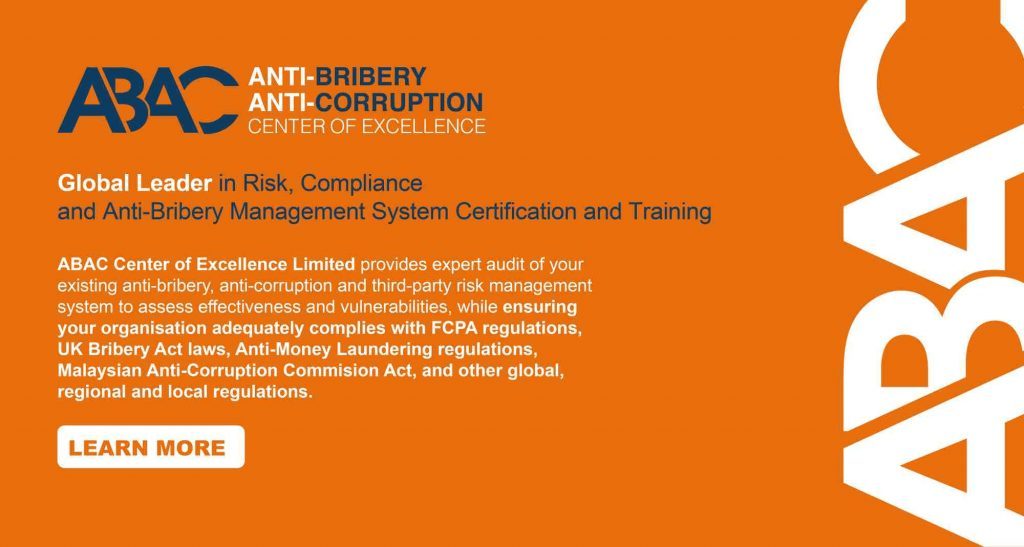How ISO 37301 Compliance Management System Implementation and Certification Mitigates Compliance Risks in the AML/CFT Landscape?
The business world has seen an exponential rise in the complexity and number of regulations, making it essential for organisations to ensure that they remain compliant. This is particularly true in fields like Anti-Money Laundering (AML) and Countering the Financing of Terrorism (CFT). The ISO 37301 standard is a step forward in providing a framework for implementing a Compliance Management System (CMS) that aids organisations in mitigating these risks.
What is ISO 37301?
ISO 37301 provides requirements and guidelines for establishing, developing, implementing, evaluating, maintaining, and improving an effective organisational compliance management system. It can be applied across various sectors, regardless of the type or size of the institution.
Benefits of ISO 37301 CMS Implementation and Certification in AML/CFT Landscape
- Risk Mitigation: ISO 37301 outlines processes for continuous risk assessment, ensuring that companies can identify and manage compliance risks, including AML/CFT risks, effectively.
- Operational Excellence: It ensures standardised procedures and offers a systematic approach to managing compliance, smoothing operations and reducing the likelihood of regulatory breaches.
- Stakeholder Trust: Certification under ISO 37301 demonstrates a company’s commitment to compliance, fostering trust among stakeholders, partners, and customers.
- Legal Protection: In cases of potential legal disputes, having a certified CMS can serve as evidence that the organisation took all necessary steps to prevent non-compliance.
- Reputation Management: In a highly networked world, reputation is invaluable. A robust CMS underpins an organisation’s claim to integrity, reducing reputational risks.
- Enhanced Monitoring and Reporting: The CMS emphasises regular monitoring and reporting, ensuring a real-time response to any AML/CFT threats.
- Continual Improvement: The iterative nature of the CMS ensures that an organisation’s compliance procedures continuously evolve, adapting to new risks and regulatory changes.
Key Characteristics of a Compliance Management System (CMS) under ISO 37301
- Leadership Commitment: The top management must show a clear commitment to the CMS’s establishment, ensuring it aligns with the organisation’s goals and objectives.
- Policy Development: Clearly defined compliance policies that are communicated throughout the organisation.
- Risk Assessment: Regular and systematic compliance risk identification, evaluation, and treatment.
- Objectives and Actions: The CMS should specify compliance objectives and the actions required to achieve them.
- Controls: Operational controls should be put in place to ensure the effectiveness of actions taken to address compliance risks.
- Monitoring and Measurement: A CMS must have provisions for regular monitoring and measurement of compliance performance.
- Training and Awareness: Regular training sessions should be conducted to ensure that all employees understand their compliance obligations.
- Communication: Both internal and external communication processes should be established, ensuring transparency and clarity about compliance matters.
- Incident Management: Procedures for addressing and rectifying compliance breaches or incidents.
- Continuous Improvement: Based on feedback and assessments, the CMS should be regularly updated and improved.
- Documentation: Proper documentation of policies, procedures, risks, actions, and other relevant aspects of the CMS.
Conclusion
In an ever-evolving regulatory landscape, particularly in areas such as AML/CFT, the importance of a structured approach to compliance cannot be overemphasised. Implementing and certifying a CMS under ISO 37301 offers organisations a robust framework to mitigate risks and positions them as trustworthy and compliant entities in the eyes of stakeholders, regulators, and the wider public. Given the high stakes, it’s a wise investment for organisations aiming for long-term sustainability and growth.




